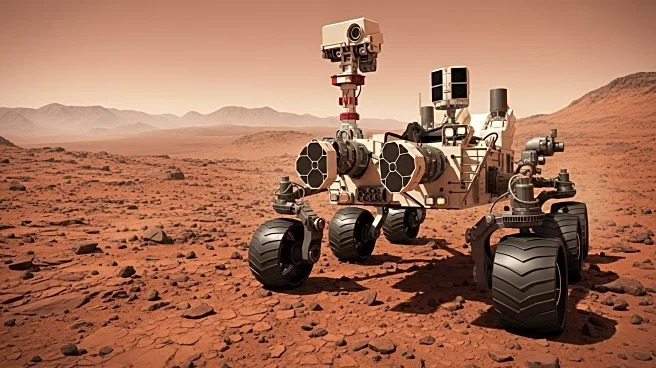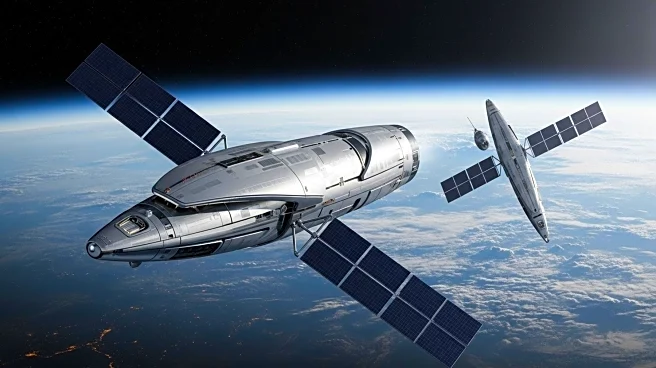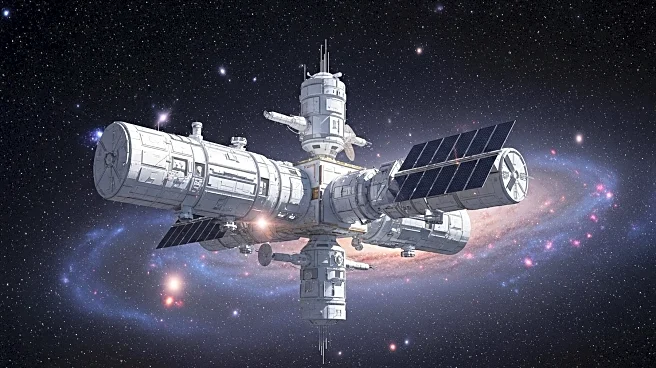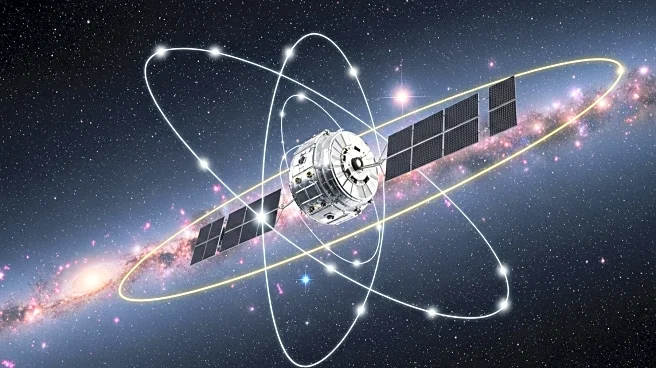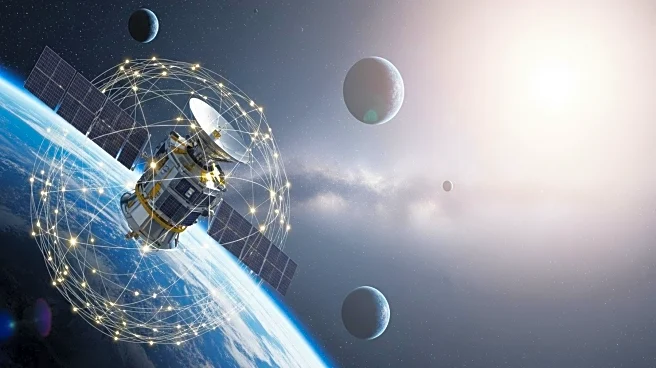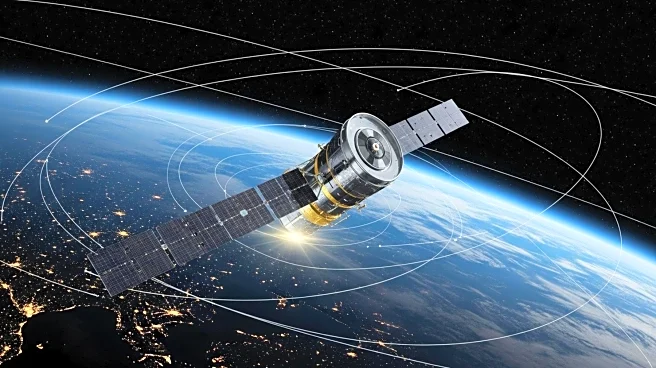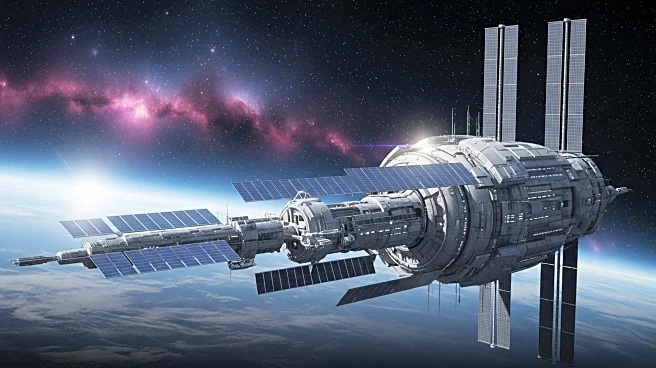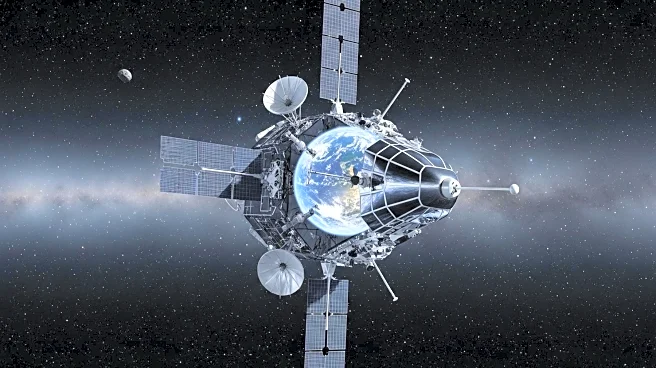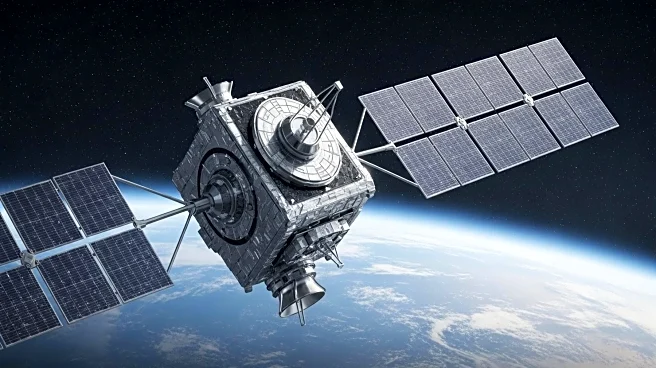What's Happening?
Canadian astronaut Jeremy Hansen, part of NASA's Artemis 2 mission, plans to take a nap on the launch pad before liftoff. Scheduled for next year, Artemis 2 will be the first crewed mission to the Moon since the 1970s. Hansen, who has never flown to space, will join a crew aiming to travel farther than any human has before, reaching 250,000 miles from Earth. The mission will collect data for Artemis 3, which involves SpaceX's Starship spacecraft. Hansen expressed concerns about space adaptation syndrome, a common sickness due to weightlessness.
Why It's Important?
Artemis 2 marks a significant step in NASA's efforts to return humans to the Moon, setting the stage for future lunar exploration. The mission's success could bolster U.S. leadership in space exploration and stimulate technological advancements. It also highlights the collaboration between NASA and private companies like SpaceX, which could redefine space travel economics. The mission's data collection is crucial for future lunar landings, potentially impacting scientific research and international space policy.
What's Next?
NASA plans to launch Artemis 2 as early as February 5, 2025, two months ahead of schedule. The mission will pave the way for Artemis 3, aiming for a lunar landing in 2027. As preparations continue, stakeholders, including NASA, SpaceX, and international partners, will focus on ensuring mission safety and success. The outcome could influence future collaborations and funding for space exploration initiatives.

